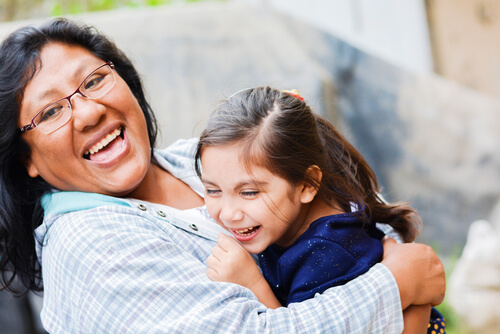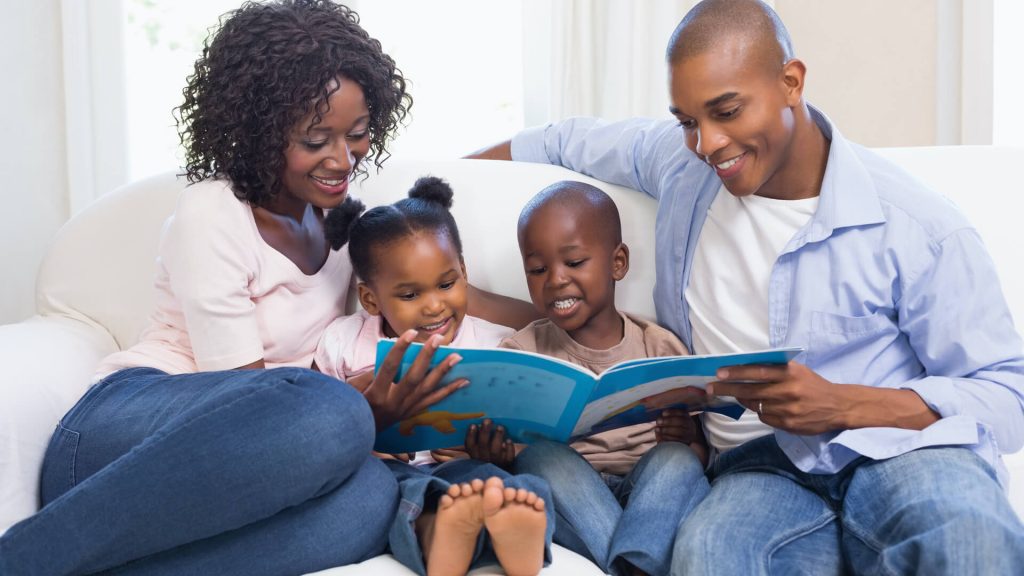How to Teach Children about Diversity
Feb 12, 2022 With everything going on in the world, as a parent, I begin to wonder if we are raising our children to be accepting of all people. I have been asked pretty consistently lately, “when should I talk to my children about race?”
In This Article
As the title says, this blog is about teaching children about diversity and all of the issues involved. This is good reading for parents and children alike, so here goes.
The truth is – it’s never too young to start having very real discussions with our children about gender, race, ethnicity, and religious diversity.
As parents and caregivers, we must have confidence in ourselves and in our children – that we, and they, can handle tough topics and tough situations. We must understand that our role is, to be honest, specific, and trustworthy as we raise the next generation confronting racial injustice.
Children are our future. If we want things to change, we can’t stop the change in our generation; it needs to continue for years to come. The question then becomes – how do I teach children about diversity? Here are tips to help you have a meaningful conversation with young children about race, racism, and being anti-racist.

Enhance your little one’s speech and language skills with Speech Blubs App
Explore more than 1,500 fun and engaging activities your child will benefit from and love. Start your free trial today and watch your child learn right away!
Boost Your Child’s Speech Development!
Improve language & communication skills with fun learning!

1. Start Early
- By 6 months of age, babies notice racial differences; by age 4, children have begun to show signs of racial bias.
- Let your child know that it’s perfectly okay to notice skin color and talk about race. Start talking about what racial differences mean and don’t mean.
2. Encourage Your Child
Encourage your child to ask questions, share observations and experiences, and be respectfully curious about race.
- Expose your child to different cultural opportunities – photographs, films, books, or cultural events, for example – and discuss the experience afterward.
- You don’t have to be an expert on race to talk with your child. Be honest about what you don’t know and work with your child to find accurate information.
3. Be Mindful
What kids hear from us is less important than what they see us do.
- You are a role model for your child. What you say is important, but what you do – the diversity of your friendship circle, for example – is likely to have a bigger impact.
- If your child doesn’t attend a diverse school, consider enrolling her in afterschool or weekend activities such as sports leagues that are diverse if you’re able. Choose books and toys that include persons of different races and ethnicities. Visit museums with exhibits about a range of cultures and religions.
4. Face and Know Your Own Bias
Let your child see you acknowledge and face your own biases.

- We’re less likely to pass on the biases we identify and work to overcome.
- Give your child an example of a bias, racial or otherwise, that you hold or have held. Share with your child things you do to confront and overcome that bias.
5. Know and Love Who You Are
- Talk about the histories and experiences of the racial, ethnic, and cultural groups you and your family identify with. Talk about their contributions and acknowledge the less flattering parts of those histories as well.
- Tell stories about the challenges your family (your child’s parents, aunts and uncles, grandparents and great grandparents, and others) has faced and overcome.
6. Develop Racial Cultural Literacy
Develop racial cultural literacy by learning about and respecting others.
- Study and talk about the histories and experiences of groups we call African Americans, Latinos, Asian Americans, Native Americans, and whites, among others.
- Be sure your child understands that every racial and ethnic group includes people who believe in different things and behave in different ways. There is as much diversity within racial groups as across them.
7. Be Honest
To teach children about diversity, you must be honest with your child, in age-appropriate ways, about bigotry and oppression.
- Children are amazing at noticing patterns, including racial patterns (who lives in their neighborhood versus their friends’ neighborhoods, for example). Help them make sense of those patterns, and recognize that bigotry and oppression are sometimes a big part of those explanations.
- Be sure your child knows that the struggle for racial fairness is still happening and that your family can take part in that struggle.

8. Tell Stories
“Lift up the freedom fighters”: Tell stories of resistance and resilience.
- Every big story of racial oppression is also a story about people fighting back and “speaking truth to power.” Teach your child those parts of the story too.
- Include women, children and young adults among the “freedom fighters” in the stories you tell. A story about racial struggle in which all the heroes are men wrongly leaves many people out.
9. Be Active
Be active – don’t be a “bystander” on race.
- Help your child understand what it means to be, and how to be, a change agent.
- Whenever possible, connect the conversations you’re having to the change you and your child want to see, and to ways to bring about that change.
10. Plan for a Marathon, Not a Sprint
- It’s okay to say, “I’m not sure” or “Let’s come back to that later, okay?” But then do come back to it.
- Make race talks with your child routine. Race is a topic you should plan to revisit again and again in many different ways overtime.
Getting comfortable with the question, “How do you explain racism to a child?” is just the first step. Don’t forget that these steps are just one way to help young kids celebrate diversity. There are also lots of great children’s books about diversity that will help your child read aloud and understand different perspectives.
